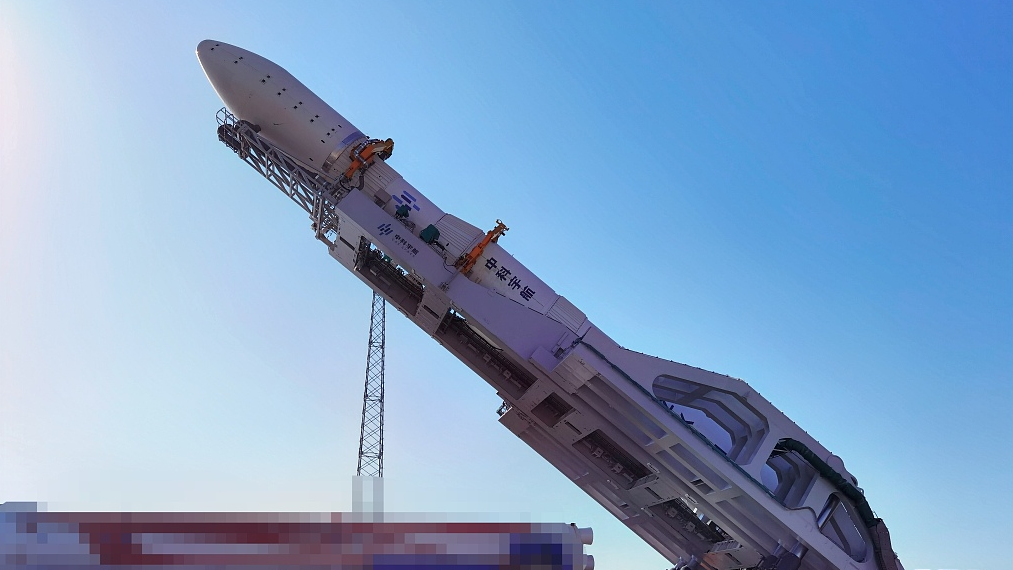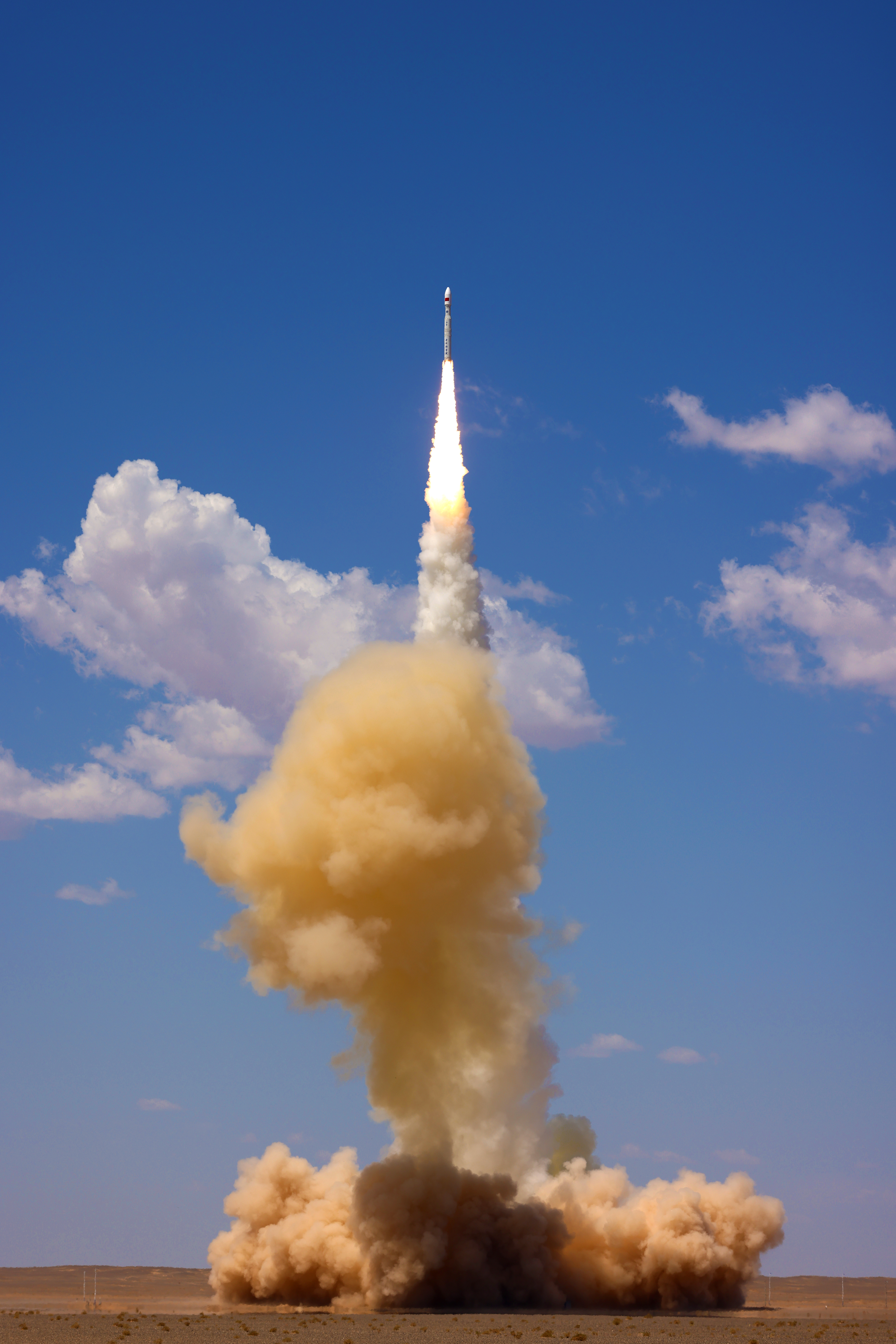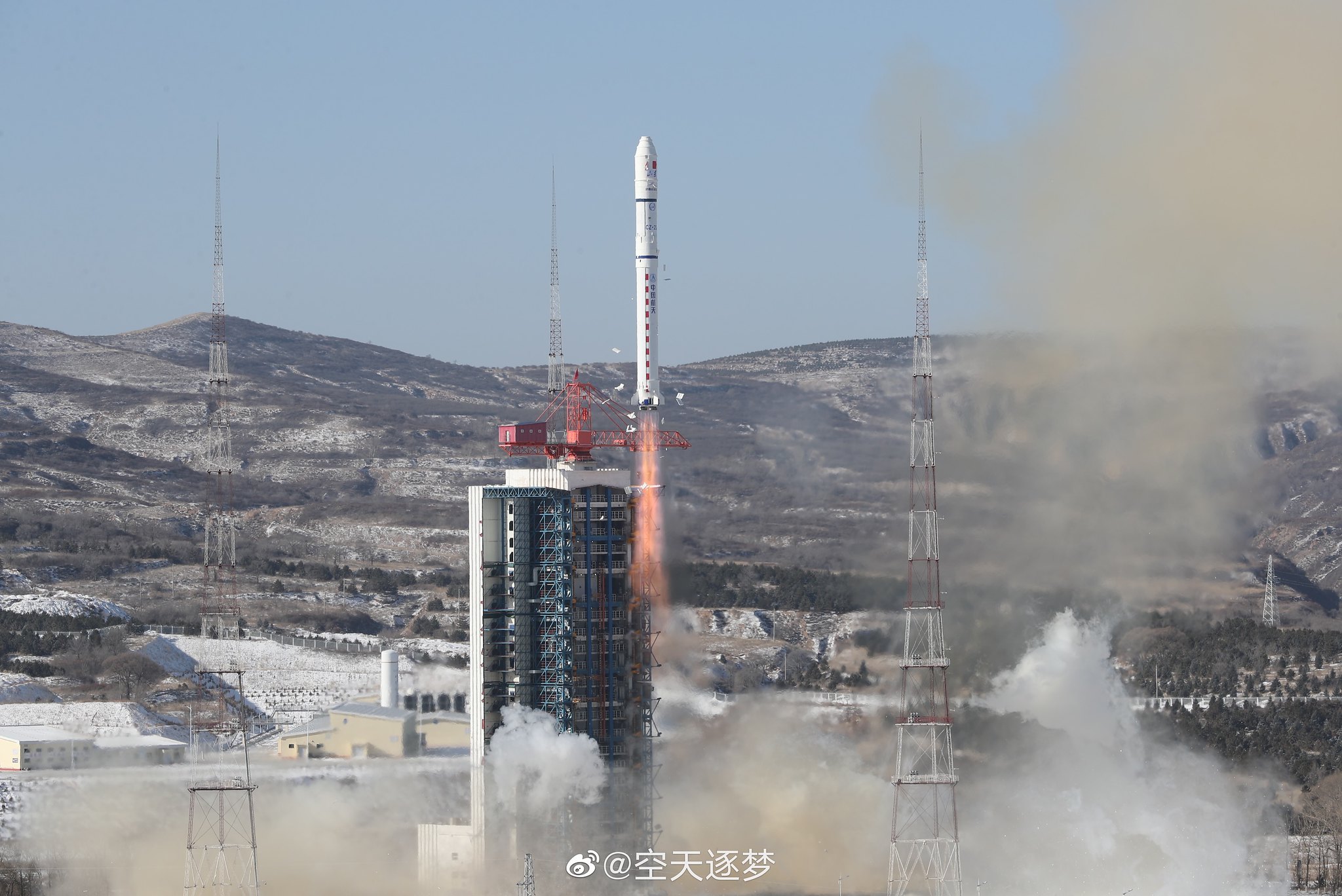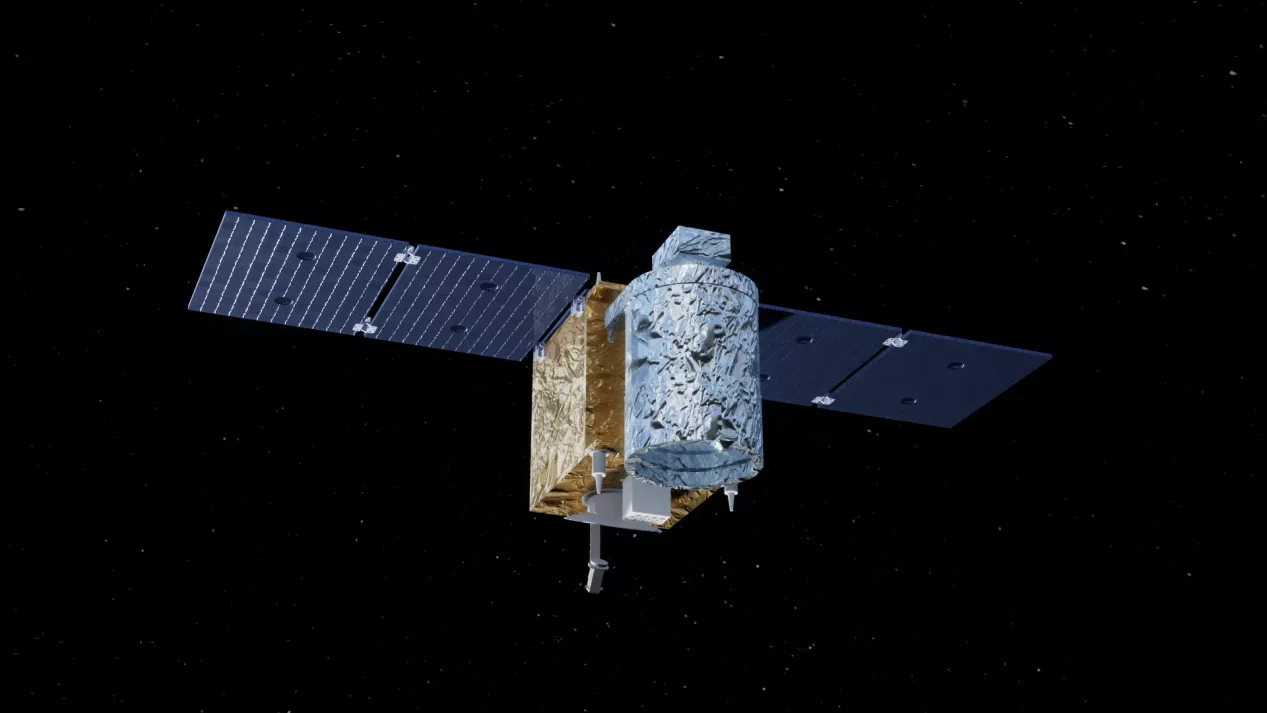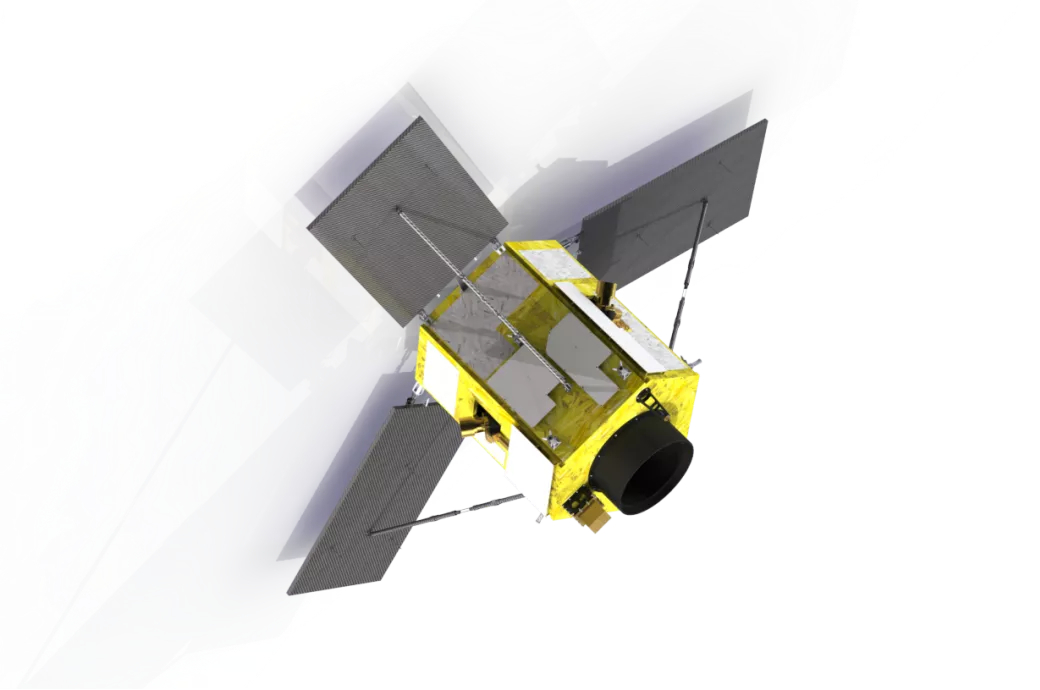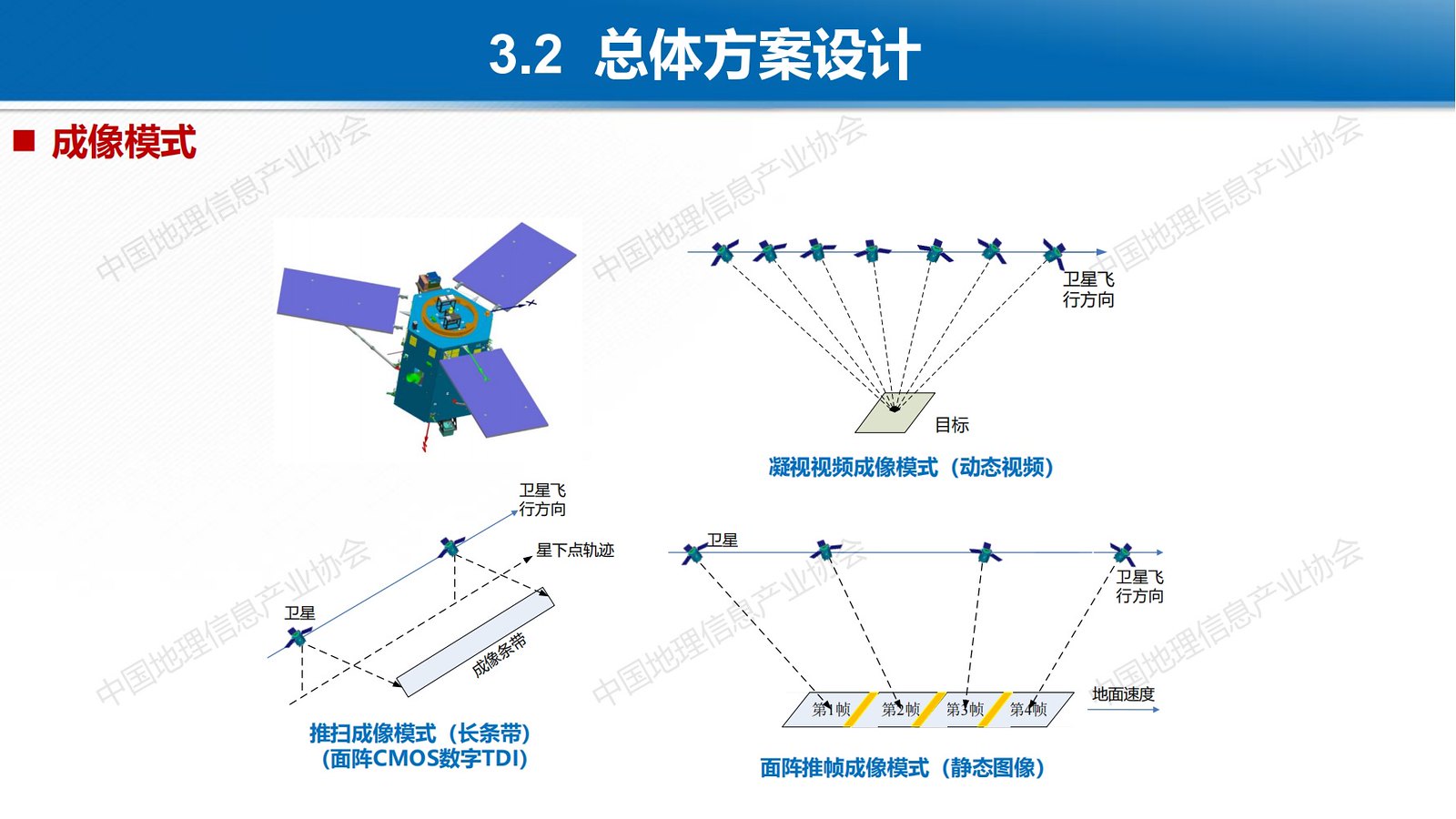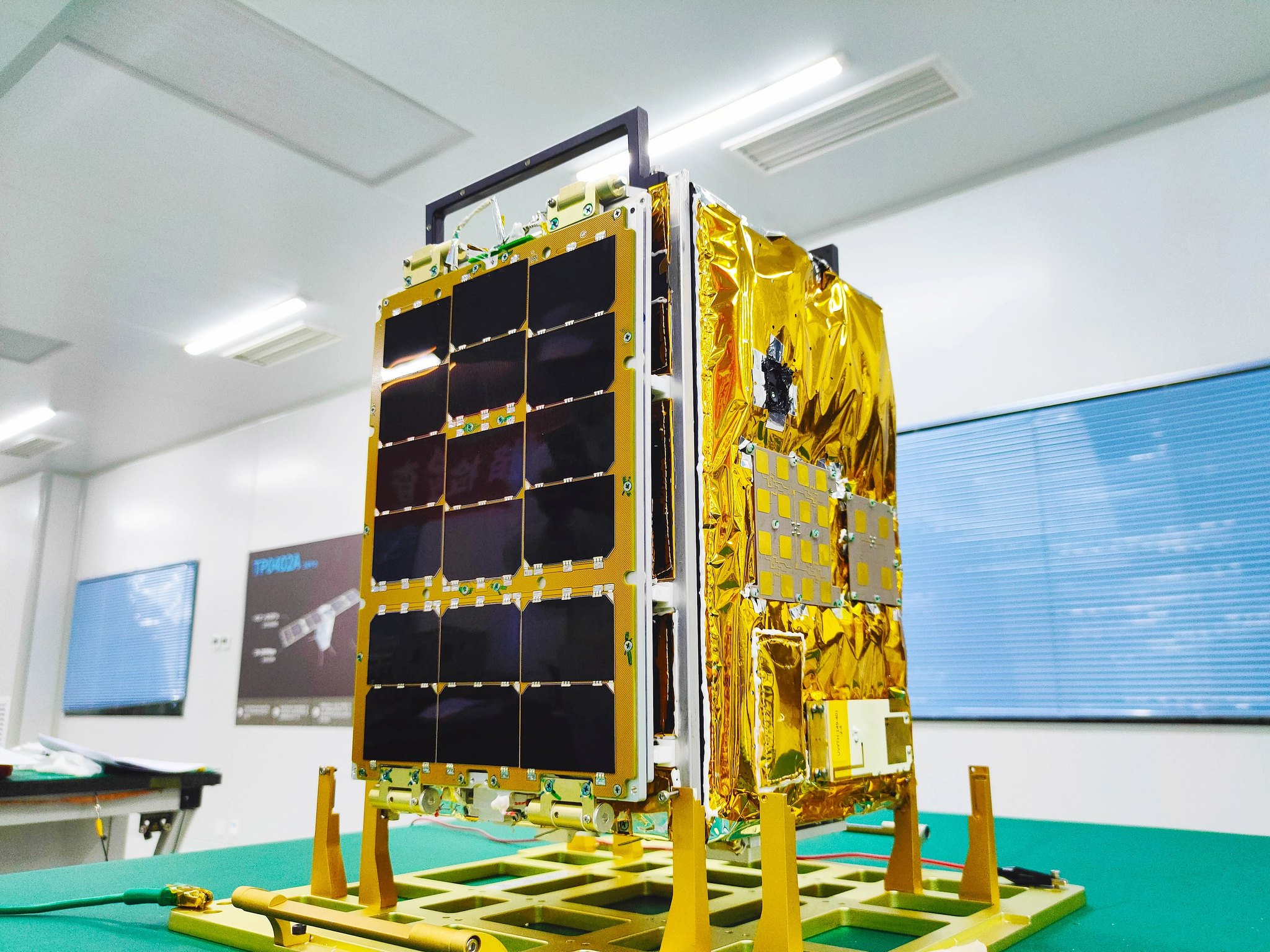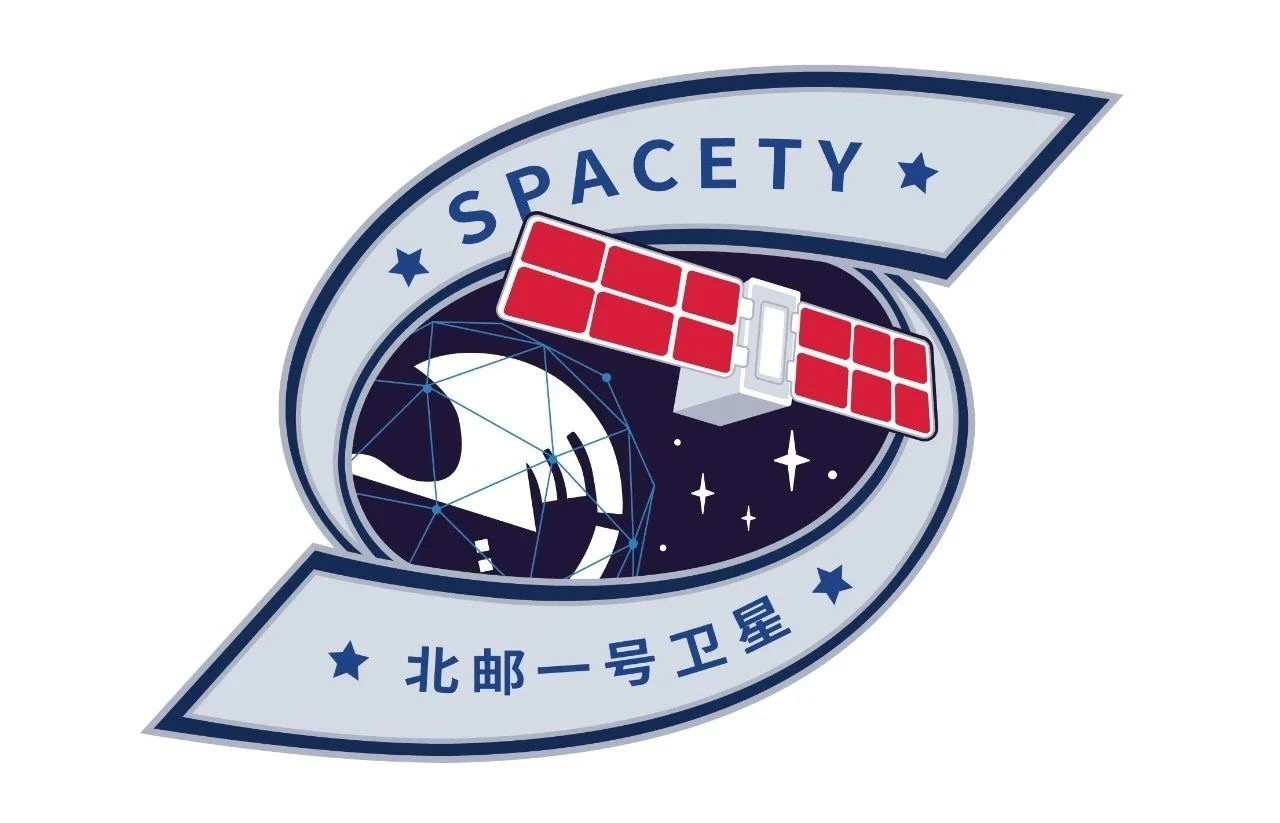C
China places Taikonauts and others safety first and top priorityAccountability of production = safety. China will rely on LM3/2 series for carrying Taikonaut until LM7 or LM5 reaches similar accountability of production. The trustworthiness of human space vehicles is at the highest among all types of launch vehicles. Chinese culture dictates that safety outweighs costs plus other inconvenient factors. As long as LM3/2 is still in use, production will continue and payloads will be guaranteed to keep production line running.

